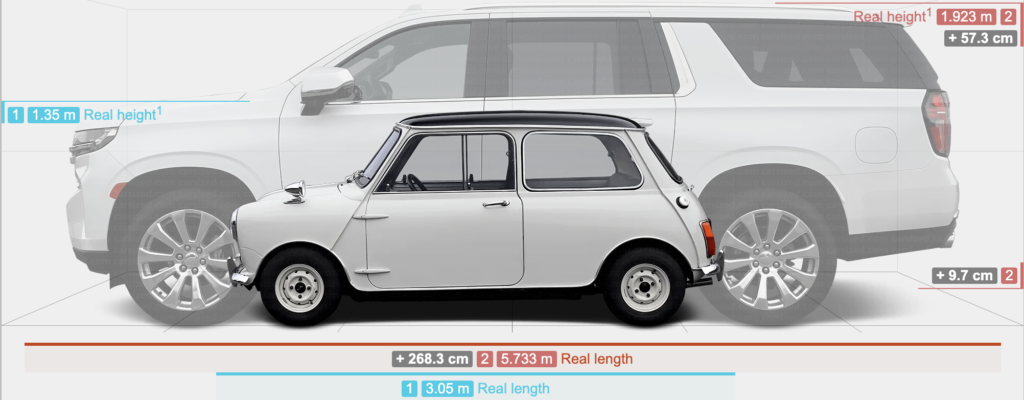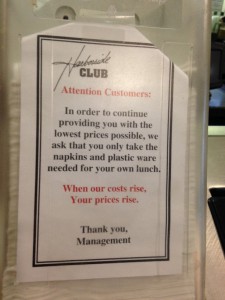I last bought a new car back in March 2002, when this website was hand-coded with a sidebar. That car was a share, with my brother; for good measure, we even titled and registered it in my mother’s name.
As one might imagine, this became increasingly anachronistic as we married, had children, went gray, etc. The ridiculousness of being in my 40s and driving what amounted to Mom’s extra car has not been lost on me. That said, it’s been wonderful: our car lasted a long time, and my brother and I had a remarkably easy time swapping it back and forth all these years. I move on with no complaints.
But move on I must, away from the car that requires a steering fluid refill every few weeks, that shakes like a Magic Fingers motel bed at red lights, that occasionally requires I slam my fist into the passenger door armrest to reconnect the stereo speaker. Owning a car means never knowing exactly when to say goodbye. But then, as a friend remarked to me, there’s a direct correlation between hanging onto our car and the odds of waiting on the side of the highway for the AAA guy.
Buying a car is a full-on ordeal. I performed far too much research, considered dozens of cars, visited no fewer than eight dealerships, drove seven different vehicles. I emailed or called even more dealerships than that, in a quest to find the exact car I was after, some more than 300 miles away.
The salespeople at the dealers were mostly miserable. I received price quotes in a $7,000 range, low to high, for more or less the same vehicle in each location. I had dealers say they had cars they didn’t. I had sales guys refuse to price match. I had a salesman bring me into the showroom to negotiate, only to be told there would be no negotiating. One full-on yelled at me for telling him I’d like to remove a bunch of add-ons to the car to lower the price, saying it was impossible to pull out rubber floor mats.
Another salesman wrote down all my information, consciously avoided giving me his business card, then failed to ever send me a price quote. At one dealership, a salesman gave me a once-over, decided based on my shoes (which he stared at) that I wasn’t a serious buyer, and treated me dismissively; when I returned the next day, he pawned me off on the most junior member of the staff, and managed to literally sell the car I wanted while I was on a test drive at the dealership. I repeat: miserable.
Not everyone was like that, though. One dealership was fair, levelheaded, and fully transparent in their pricing, although they were ultimately unable to source the car. Another had a sales manager who spoke with me patiently on the phone, multiple times, and aggressively dropped the price on the vehicle in order to win my business. I liked the price I got, but I also liked their style. I’m headed there this weekend to finish the transaction.
And after all that, I actually did buy a new car.
Drafted 2016/08/18 at 11:50 pm. Published with light edits for readability.

